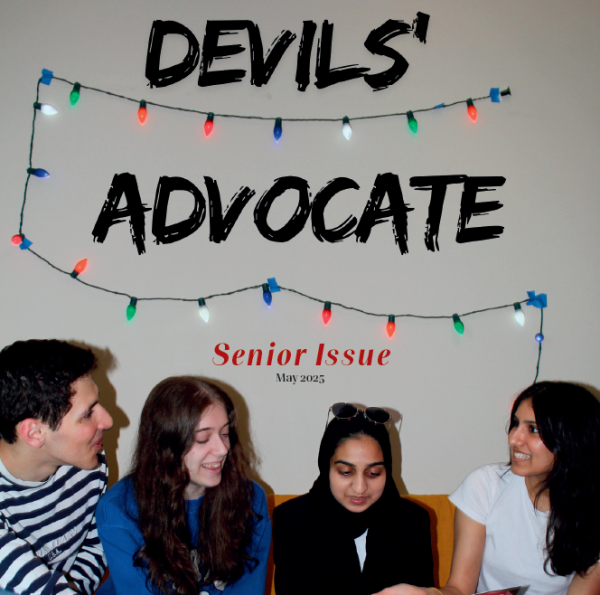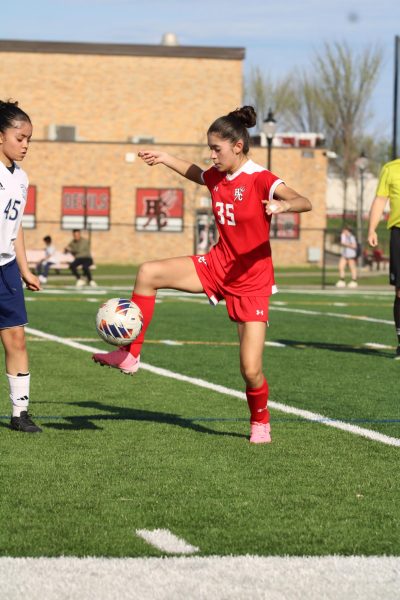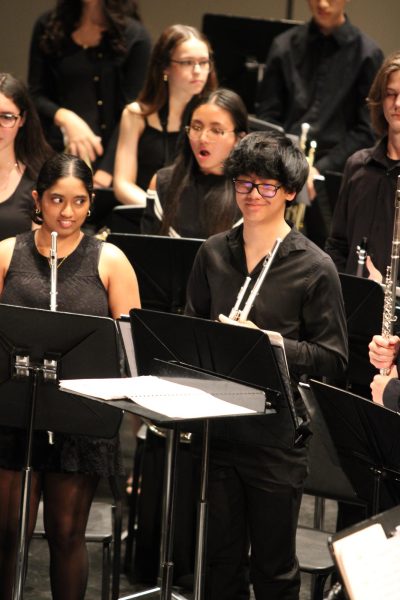Creating a safe space at Central
Pixabay
“What are your pronouns?” “Normal.” “Cringe.” “F**k off.” “I use appropriate English norms.” According to a survey conducted of 222 Hinsdale Central students, 36.8% of students identified as part of the LGBTQ+ community.
One student shared their story, saying that, “When I was outed, I didn’t go to any of the staff for support because they gave no signs that they would help or care.”
Many students shared that there is prejudice coming from students as well. “People still call us names and bully us and we need help.”
Almost to demonstrate this point, one student said,“I hate gay people.”
According to a survey from the Trevor Project, an organization dedicated to ending suicide among LGBTQ+ people, LGBTQ+ students who reported that they felt that their school was an affirming and safe space to be queer were less likely to attempt or consider suicide.
In a survey of 61 Hinsdale Central staff, one staff member used outdated, false information to make the point that queer education didn’t have a place in schools. Quoting the Diagnostic and Statistical Manual of Mental Disorders IV (DSM), which was replaced by the DSM V 10 years ago, they stated, “Gender Dysphoria is a mental disorder.”
Peter Hutcheon, social worker and leader of the school’s Gender Sexuality Alliance, said, “I’m a clinical social worker, I have the highest level of certification possible in my field, […] I’m a mental health expert and […] that’s just misinformation and that’s lying.” The anonymous staff member went on to call supporting LGBTQ+ students “abusive and wrong.”
When this response was shared with senior River Collis, a queer student at Hinsdale Central, he stated that, unfortunately, he knows how to deal with and correctly refute statements like this because he has heard similar statements for years: “I was a kid, I shouldn’t have had to learn how to fight real adults.”
Most staff members aren’t trying to be disrespectful, they simply don’t have the right knowledge and training to support their students. While teachers may say the wrong thing sometimes, a large majority of the time, it isn’t with malicious intent. Most of the teachers polled said they are happy to learn how to best support their students. “That’s why we became teachers in the first place.”
One concern expressed was that training teachers on how to best support LGBTQ+ students would lead to “special treatment” and teachers would “treat [them] differently from normal students.”
“Providing [students] the space to feel safe is not special treatment,” Hutcheon said.
We learned in kindergarten to be kind to our peers, yet as we grow, we seem to forget that. By creating mandatory training for teachers, we can remind staff and students how to support all students, regardless of identity.
As Senior Ciaran Strimaitis put it, “Never in history has having too much access to knowledge been a bad thing.” You, as members of the administration, have the power to make true change for all students. Will you use it? Or will you continue to let hate and ignorance thrive in your school?













